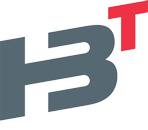
Seamless Office Relocation: Your IT Setup Guide
Staying connected is essential, whether at home or in business. When moving offices, ensuring your IT setup is smooth is crucial for productivity. Here’s a guide to help you plan and execute your IT setup seamlessly.
Before the Move
1. Assess Current IT Setup
Take a comprehensive inventory of all IT equipment, including hardware (computers, servers, printers), software (licenses, applications), peripherals (monitors, keyboards, mice), and networking devices (routers, switches). Document the current network infrastructure, configurations, and connections to facilitate the setup in the new office. This detailed inventory will help in planning the relocation and ensuring nothing is overlooked.
Moving offices is an excellent opportunity to upgrade outdated IT equipment. Assess the current technology’s efficiency and performance, and consider replacing any aging hardware that may hinder productivity. Upgrading to newer, more efficient equipment can enhance overall performance and reduce future maintenance costs.
2. Decide DIY or Professional Help
Relocating an organisation’s IT infrastructure involves more than just moving physical equipment. It requires careful planning, secure packing, and precise setup to minimise downtime. Consider the complexity of tasks such as setting up wired and wireless networks, reinstalling servers, and ensuring physical security systems are operational.
Engaging professionals like HB Tech can mitigate risks associated with the move. IT relocation specialists can handle the secure transportation of equipment, troubleshoot issues during installation, and ensure all systems are up and running quickly. This professional approach reduces the risk of equipment damage and data loss, ensuring a smooth transition.
3. Review Office Floor Plan
Analyse the new space for power outlets, network ports, cabling infrastructure and heating, ventilation, and air conditioning (HVAC). Ensure the floor plan includes detailed information about the physical layout to help plan the placement of IT infrastructure.
Optimise placement of servers, networking equipment, and workstations ensure reliable and high-speed WiFi connectivity. Proper placement minimises cabling, enhances ventilation, and improves maintenance access.
4. Design Network Infrastructure
Relocating is a great time to redesign or upgrade your network infrastructure. Assess the new office layout and size to determine the need for additional switches, access points, or a complete network overhaul. This redesign should focus on enhancing performance, security, and scalability. HB Tech experts can assist in planning and implementing a secure and efficient network tailored to your new office space.
5. Data Backup
Backup all critical data and files to prevent loss or corruption during the move. Use reliable backup solutions to create multiple copies of essential data, ensuring you can quickly restore operations in case of unforeseen incidents.
6. Coordinate with Service Providers
Ensure seamless service transfer by coordinating with your Internet Service Provider (ISP), phone, and cloud service providers. This includes updating service addresses, scheduling service transfers, and verifying that all connections are operational before moving day.
During the Move
1. Prioritise Installation
Start with critical infrastructure such as servers and network equipment. Follow with access points, workstations, and peripherals. Prioritising installation ensures that essential systems are operational first, minimising downtime.
2. Cable Management
Organise cables to prevent tangling and facilitate maintenance. Good cable management enhances workspace aesthetics and functionality, reducing tripping hazards and simplifying troubleshooting.
3. Implement Security Measures
Install physical security systems (access control, cameras) and network security measures (firewalls, IDS) to protect your infrastructure. Security should be a priority to safeguard against both physical and cyber threats.
4. Test and Validate
Conduct comprehensive testing of all systems and applications to ensure functionality and address any issues. Validate data accessibility and involve end-users in acceptance testing to ensure the setup meets their requirements.
After the Move
1. Cleanup and Disposal of E-Waste
Properly dispose of e-waste from both old and new locations. Adhere to environmental and security policies to ensure compliance and sustainability.
2. Retrospective
Gather feedback from users and stakeholders to identify any issues or areas for improvement. Make necessary adjustments to optimise your setup for future relocations or expansions.
Moving offices is complex, involving contracts, leases, and financial considerations. Prioritise your IT requirements for a successful transition. Whether handling the move yourself or hiring professionals, this guide will help you ensure a seamless office move.
For expert assistance and seamless IT relocation services, contact HB Tech – email info@hbtech.co.nz or phone 0800 423 834.


